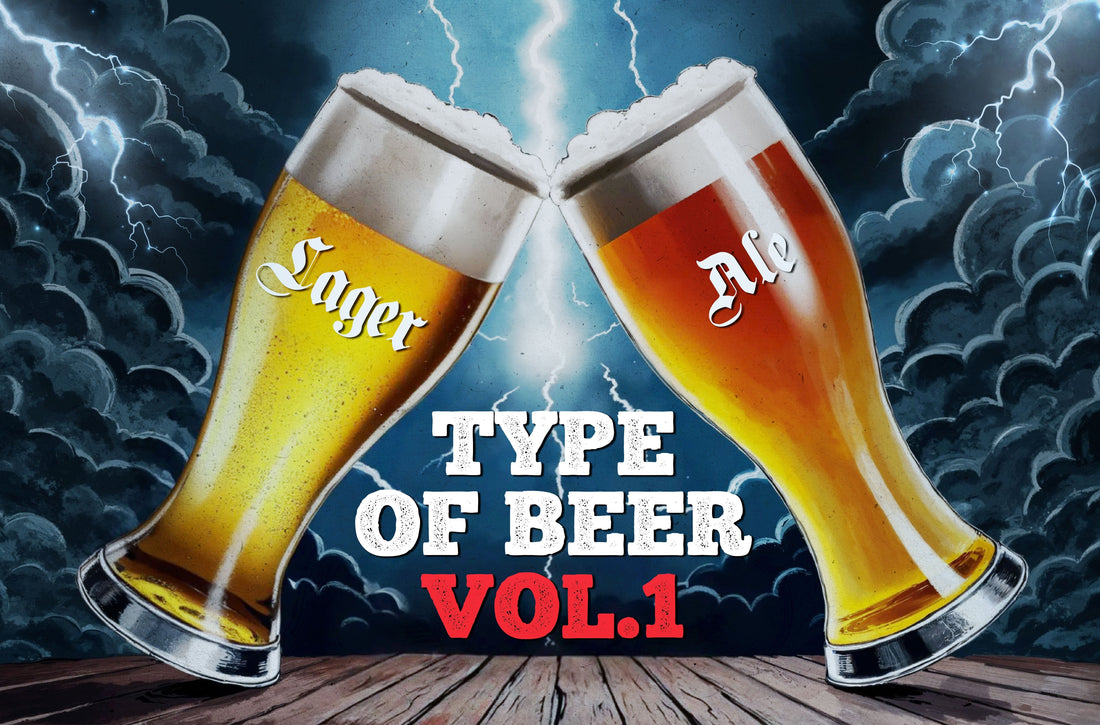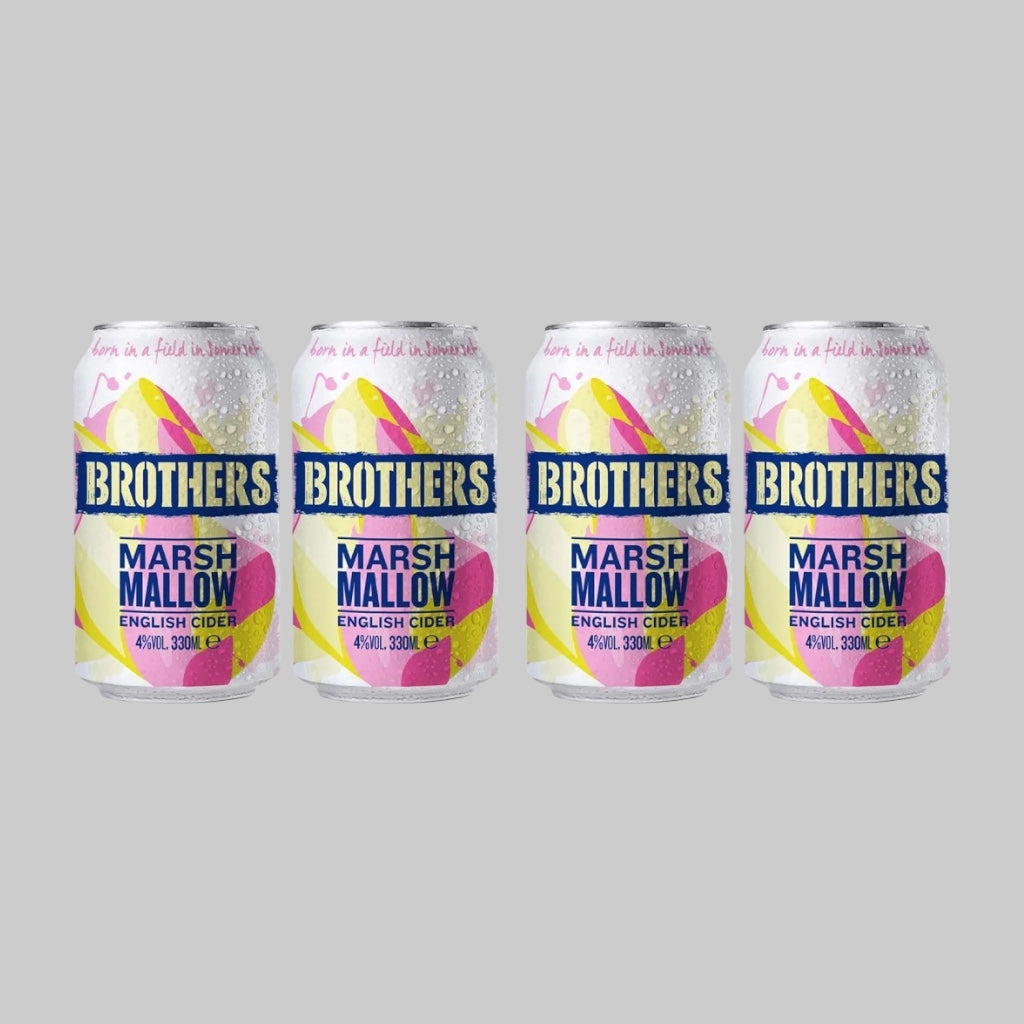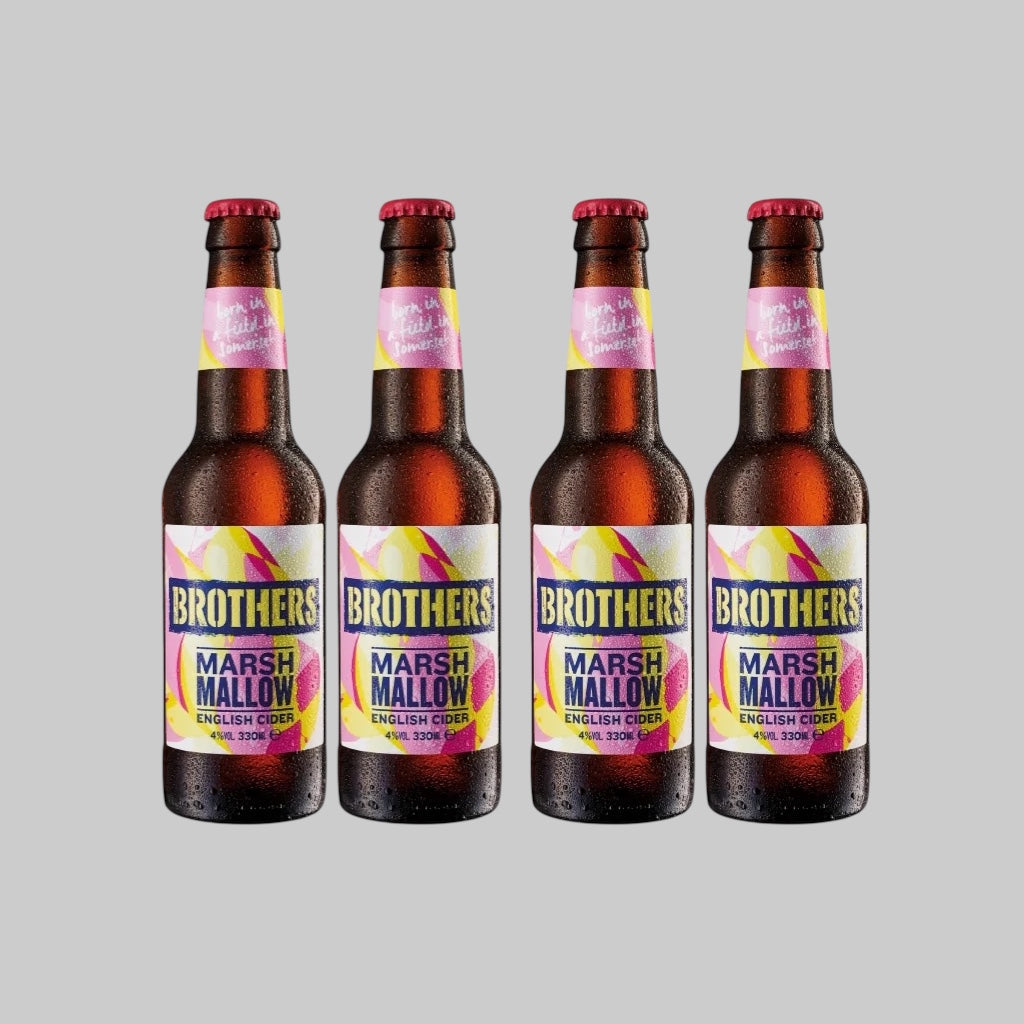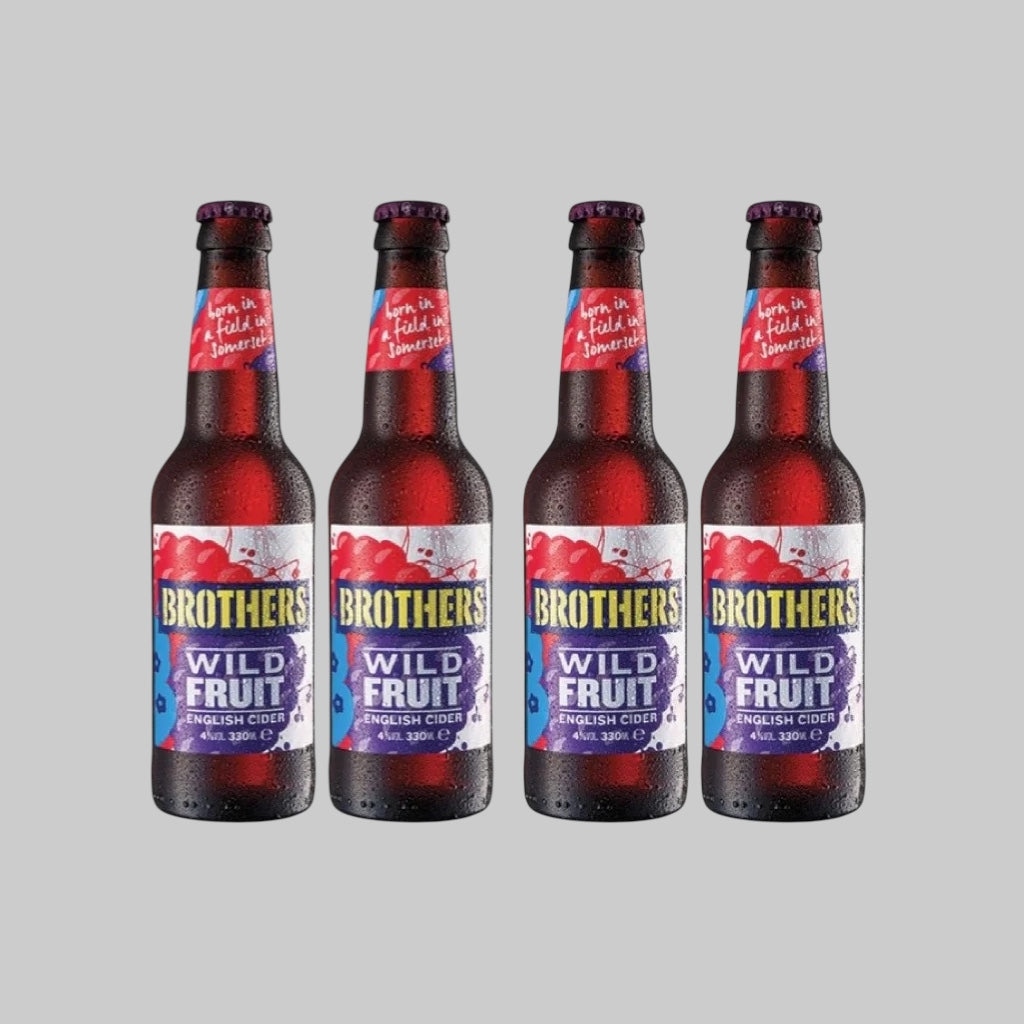Types of Beer Part 1
Now that we’ve covered the basics of beer, let’s dive a little deeper. In this article, I’ll introduce you to different beer styles and how they compare. When we come across names like Pilsner, Weizen, Witbier, Pale Ale, IPA, Stout, and more, what makes them different? Let’s break it down together.
To better understand beer categories, it helps to start with the most important factor: the yeast. In general, there are two main types used in beer production: Lager Yeast and Ale Yeast. These two families of yeast play a huge role in how a beer looks, smells, and tastes.
Once we separate beer by yeast type, we get hundreds of styles that differ in color, aroma, and flavor depending on the ingredients and intention of the brewer.
No matter how many flavors or styles there are, yeast is the heart of beer classification. That’s because each yeast works differently and leads to different results in the final brew.
Lager Yeast
Lager yeast is probably the one you’re most familiar with. That’s because around 95% of the beers sold in convenience stores are brewed with this type of yeast. It’s what most of us grew up drinking. Lager yeast is typically used to brew golden, crisp, and clean-tasting beers that are easy to drink and widely approachable (for those over 18, of course!).
Many people think lager yeast only produces one kind of beer, but that’s not true. It can also be used in darker styles like Schwarzbier from Germany, which looks similar to a Stout but is brewed with lager yeast instead of ale yeast.
🍺 Lager Beers
Lager yeast produces light, clean, and refreshing beers that are perfect for easy sipping on any day.
Ale Yeast
Ale yeast may be less familiar to casual drinkers in Thailand. That’s because local breweries have traditionally used only lager yeast. It wasn’t until the past decade, when craft beer from overseas started gaining popularity here, that ale yeast became more widely known.
Ale yeast creates more complex aromas and flavors, often with fruity or spicy notes, thanks to natural chemical reactions during fermentation. These give beer a unique and sometimes surprising character.
One great example is Weizenbier from Germany. It’s known for its distinctive banana and clove aroma, which many assume comes from added ingredients. But in reality, it’s all from the ale yeast.
Stout beers, known for their dark, rich appearance, also use ale yeast during fermentation, showing just how versatile this yeast type can be.
🍺 Ale Beers
Ale yeast brings out rich flavors with fruity or spicy tones, offering more variety and depth in every sip.
Other Factors in Beer Styles
Beyond yeast, beers can also be categorized by color, alcohol level, and additional ingredients. In the next part of this series, we’ll explore more ways to identify different beer types. Stay tuned!
Written & Compiled by: Nuttorn Wongpoom
🍻 Our Full Beer Collection
There are many more beer styles waiting for you to discover, beyond just lagers and ales.











